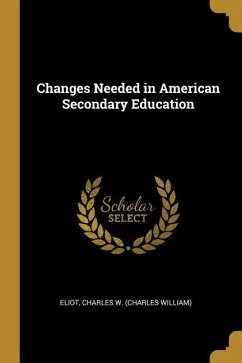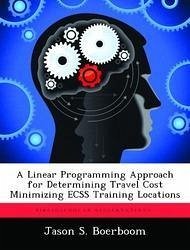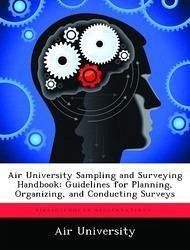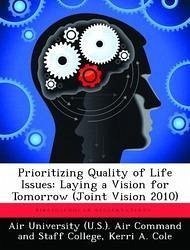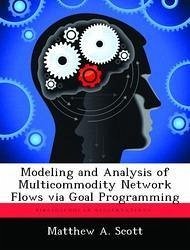Nicht lieferbar
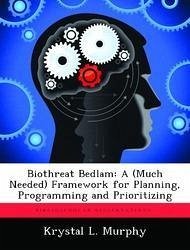
Biothreat Bedlam: A (Much Needed) Framework for Planning, Programming and Prioritizing
Versandkostenfrei!
Nicht lieferbar
For more than 20 years, we have lacked a consensus about the threat biological agents pose to the United States. Various and sometimes voluminous "risk assessments," "threat assessments" and "vulnerability assessments" have yielded wildly different conclusions. This impass is unworkable for several reasons, but the current economic environment and recent world events, including regime change in several countries with biological weapons programs, make its resolution an urgent matter. This paper, which is intended to be the first of a three-part essay, proposes a conceptual framework to mitigate...
For more than 20 years, we have lacked a consensus about the threat biological agents pose to the United States. Various and sometimes voluminous "risk assessments," "threat assessments" and "vulnerability assessments" have yielded wildly different conclusions. This impass is unworkable for several reasons, but the current economic environment and recent world events, including regime change in several countries with biological weapons programs, make its resolution an urgent matter. This paper, which is intended to be the first of a three-part essay, proposes a conceptual framework to mitigate the problem. It envisions a biological attack as the output of a complex system. Discerning threats requires an interdisciplinary team to provide the essential, but disparate inputs for each of the model's dimensions. Each essay portion will explore a separate dimension of the framework in depth: beliefs and behavior, biology and bureaucracy. After proposing the basic framework, the focus of this paper is the biology (capability) dimension of the model. After all, before we can predict how an adversary might infect, poison or contaminate a target, we need to clearly undestand what is required to infect, poison or contaminate a target. It's not as hard as you might think! This work has been selected by scholars as being culturally important, and is part of the knowledge base of civilization as we know it. This work was reproduced from the original artifact, and remains as true to the original work as possible. Therefore, you will see the original copyright references, library stamps (as most of these works have been housed in our most important libraries around the world), and other notations in the work. This work is in the public domain in the United States of America, and possibly other nations. Within the United States, you may freely copy and distribute this work, as no entity (individual or corporate) has a copyright on the body of the work. As a reproduction of a historical artifact, this work may contain missing or blurred pages, poor pictures, errant marks, etc. Scholars believe, and we concur, that this work is important enough to be preserved, reproduced, and made generally available to the public. We appreciate your support of the preservation process, and thank you for being an important part of keeping this knowledge alive and relevant.





